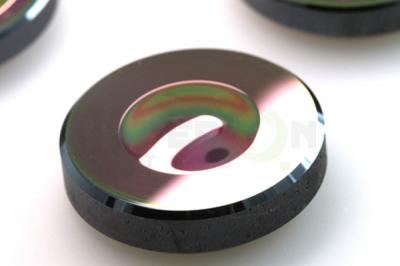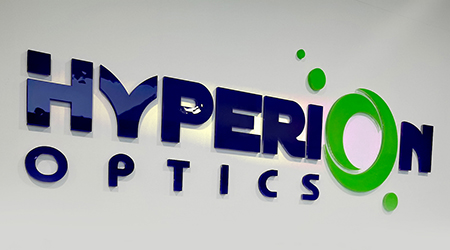The maximum imaging circle size of the lens should not be less than the imaging specification of the camera chip, that is to say, 1/2 lens can be used with 1/3" camera; but 1/3" lens cannot It should be used on a 1/2" camera, because there will be problems with blurred edges and vignetting.
When the zoom lens is used in conjunction with the camera, the functions such as zoom, focus and aperture can be controlled artificially through the back-end controller or the control interface of the camera. The magnification of the zoom lens is 6 times, 7 times, 10 times, and the focal length of the telephoto end is mostly below 100mm, which is called short focal length zoom lens; 15 times, 16 times, 20 times, 22 times and other medium multiples. The focal length of the telephoto end is mostly between 100mm and 300mm, which is called a medium focal length zoom lens; further up, there are 30 times, 33 times, 50 times, 60 times, the general focal length is above 300mm, and some can even reach or more than 1000mm, especially suitable for super long-distance monitoring, called telephoto zoom lens. After the choice of the times, the camera zoom lens with the telephoto end focal length below 200mm is basically replaced by the movement lens; the zoom lens with the telephoto end focal length in the focal length of 200mm~1000mm, because it is particularly suitable for use in long-distance and ultra-long-distance monitoring projects, it is still widely used.
In rivers, highways, urban commanding heights, railways, forest fire prevention, airports, border defense, coastal defense, ports and other monitoring projects that require large-scale, long-distance, and ultra-long-distance monitoring, a zoom lens with a long focal length is generally used. This type of monitoring project, in the monitoring system, sometimes needs to achieve seamless monitoring in a large area, which is achieved through the relay of multiple monitoring points, and the monitoring distance of a single camera generally needs to be about 1-10 kilometers.
In order to be able to achieve 24-hour high-definition day and night monitoring under severe weather conditions such as dust, smoke, light and rain, it should also have a fog penetration function, that is, the infrared band lens has a high transmittance in the 700nm~950nm infrared band, and is also equipped with the fog filter, in order to use the principle of near-infrared rays to diffract tiny particles in the fog-through mode, it can shoot very clear, high-contrast black and white images to improve the effect of long-distance observation.
1. Since telephoto lenses are mostly used in all-weather monitoring environments, the application of automatic iris technology is essential. The problem that follows is that the depth of field is constantly changing with the adjustment of the aperture, especially when the aperture is fully opened at night, so that objects that can be clearly observed during the day may become blurred at this time.
2. In addition, the telephoto lens has brought us a wider range of observation scenes. In the same picture, there may be close, medium and long-range targets appearing at the same time, so we can monitor targets at different distances. Usually, what the monitoring personnel need to do is to continuously adjust the focus of the lens to achieve the ideal observation effect.
3. In mid-to-long distance monitoring, some scenes will have weather conditions that block the view, such as heavy fog.
Zoom lenses are mostly used in relatively wide outdoor scenes, and generally cover a relatively large focal length range. Since the focal length can be changed by human operation, the key part of the scene can be zoomed in and observed, and the monitoring effect is very good. With the continuous development and improvement of the security industry, as well as the increase in the country's investment in outdoor infrastructure, the demand for zoom lenses in many industries and fields has increased greatly, such as smart cities, highways, railways and bridges, forest fire prevention, coastal defense, dams, ports, border defense, and oil fields.

 Call us on:
Call us on:  Email us:
Email us:  R&D Center: 9B-4F 401,No.1 Qingnian Road Liando U Valley,Yuhua International Wisdom Valley, Nanjing, 210039 China
R&D Center: 9B-4F 401,No.1 Qingnian Road Liando U Valley,Yuhua International Wisdom Valley, Nanjing, 210039 China









 English
English  cn
cn  de
de  es
es  fr
fr 


